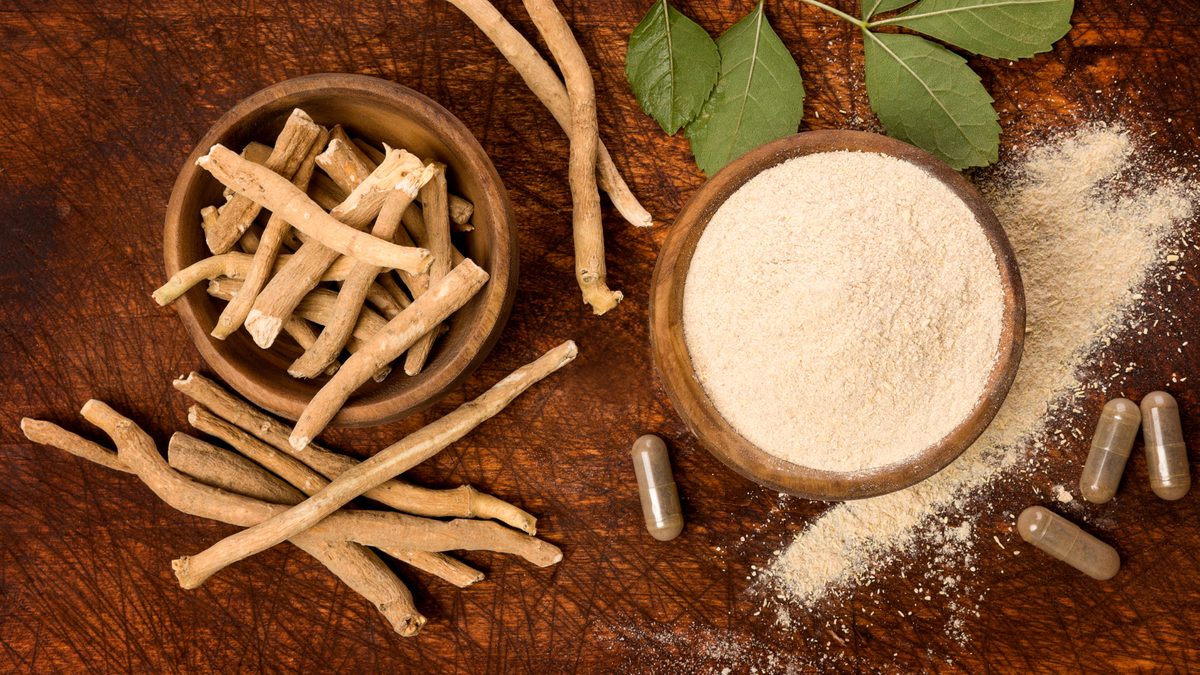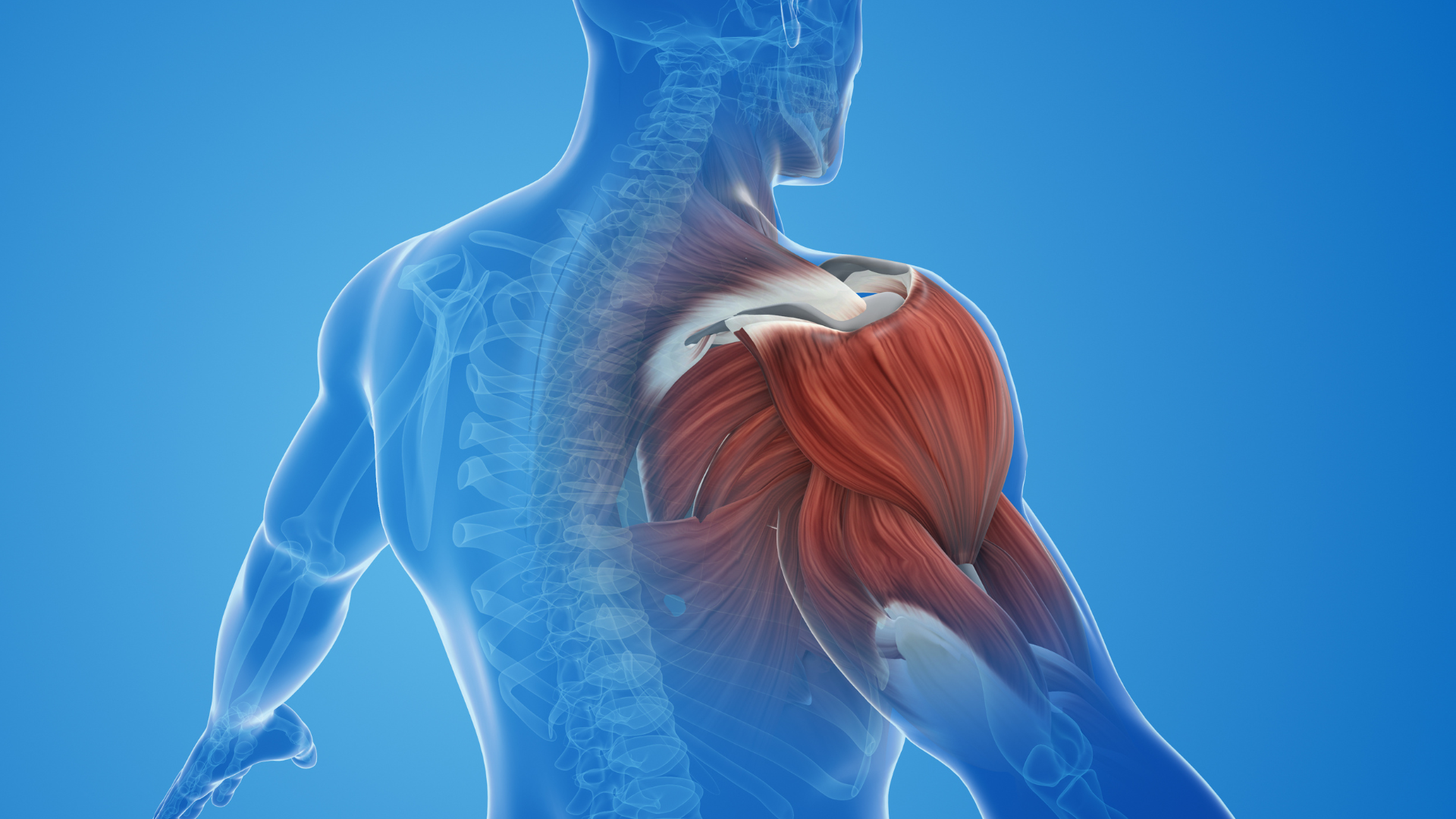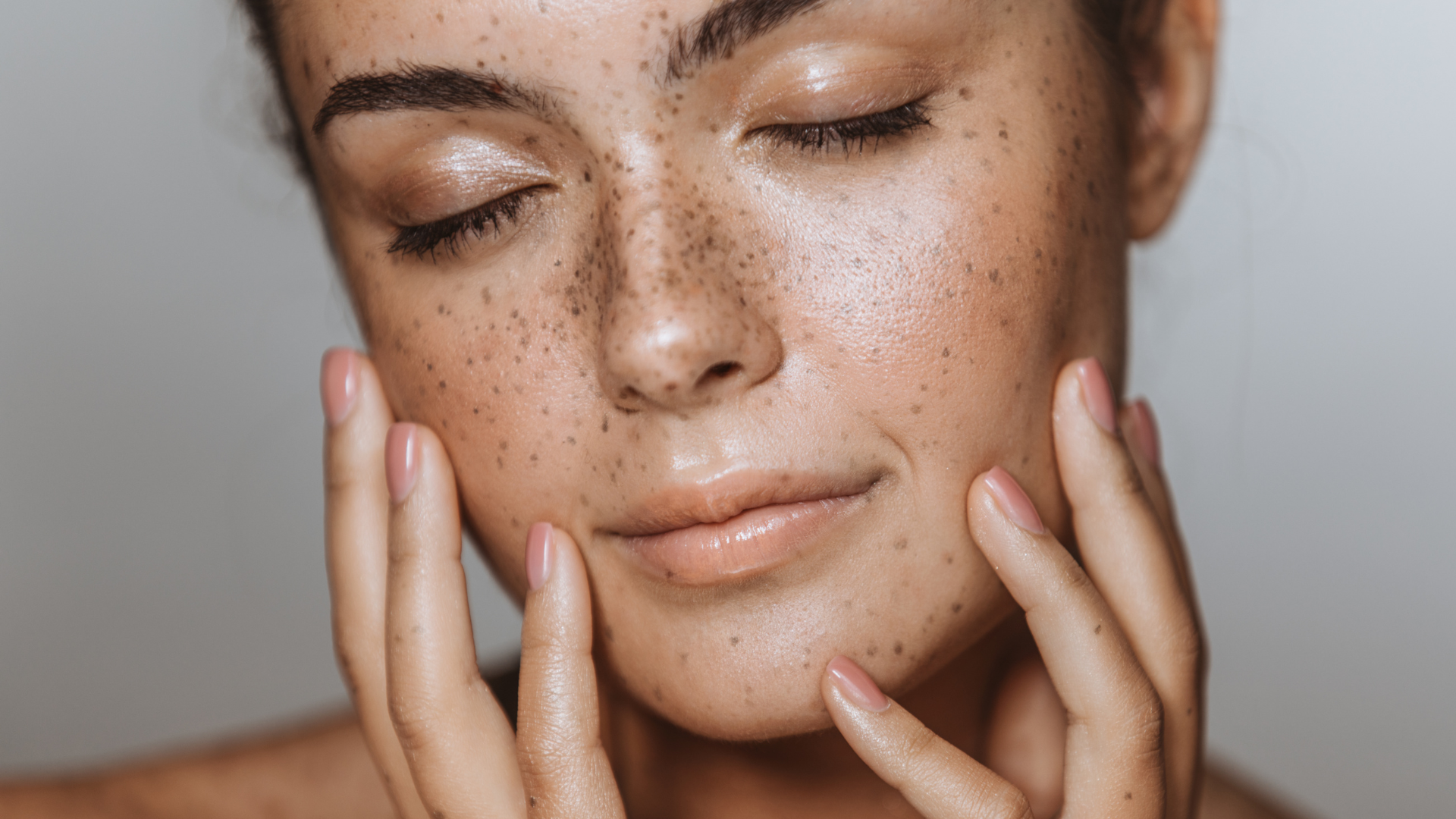Ashwagandha

note: There's a special "gift" at the bottom of this post. make sure you click on it and pay your full attention!
Scientific Name: Withania somnifera
Unani Name: Asgand
English Name: Winter Cherry, Indian Ginseng
Temperament (Mizaj): Hot and Dry
Actions
- Adaptogen; Anti-stress, anti-inflammatory, antimicrobial, anti-cancer, anti-diabetic, anti-obesity, cardioprotective, hypolipidemic properties (1)
- Tonic, alternative, astringent, aphrodisiac, nervine, and sedative. (2)
Therapeutic Uses:
- Inflammatory conditions such as psoriasis, ulcers, and bronchitis (2).
- Marasmus (a severe form of malnutrition) for children (2)
- Lumbar pains (2)

Stress and Hormonal Effects of Ashwagandha
For people dealing with hormonal imbalances, stress, and reproductive issues, Ashwagandha (Withania somnifera) may offer significant benefits due to its adaptogenic properties. This herb affects the body's stress response system, known as the hypothalamus-pituitary-adrenal (HPA) axis. By lowering levels of the stress hormone cortisol, Ashwagandha helps reduce overall stress and its negative effects, such as anxiety and fatigue (1).
In men, Ashwagandha also increases important reproductive hormones, specifically luteinizing hormone (LH) and follicle-stimulating hormone (FSH). LH and FSH play critical roles in regulating testosterone production and sperm health, which can improve fertility and overall reproductive function.
Additionally, Ashwagandha influences the hypothalamus-pituitary-thyroid (HPT) axis. It boosts the production of thyroid hormones, triiodothyronine (T3) and thyroxine (T4), which are essential for metabolism, energy levels, and overall growth and development. At the same time, it reduces thyroid-stimulating hormone (TSH) levels, which helps regulate thyroid function and can be beneficial for those with thyroid imbalances.
In summary, Ashwagandha can be a helpful natural supplement for managing stress, enhancing fertility, and balancing hormones by modulating the HPA and HPT axes, thereby supporting overall health and well-being.

Muscle Repair
Withanolides are naturally occurring steroid hormones. They have positive effects, such as being anti-inflammatory, anti-cancer, anti-stress, and having immunomodulatory properties. They are found in Ashwagandha and affect muscle cells.
Withanone: This is a specific type of withanolide.
- Stronger Differentiation: They enhance the process by which myoblasts (immature muscle cells) develop into myotubes (mature muscle cells), which is essential for muscle growth and repair.
- Disaggregation of Proteins: They help break down protein clumps that form due to heat and metal stress, which can improve cellular health and function.
- Activation of Key Pathways: They activate pathways related to hypoxia (low oxygen conditions) and autophagy (the body's way of cleaning out damaged cells and regenerating new ones), which are important for maintaining cellular health and responding to stress.
In summary, withanone and withanone-rich extracts support muscle cell development, protect cells from stress-induced damage, and enhance the cells' ability to cope with low oxygen and perform essential cleanup functions.
Of note, the Parkinson’s disease model of Drosophila that possess a neuromuscular disorder showed improvement in their flight and climbing activity, suggesting the potential of Ashwagandha withanolides for the management of muscle repair and activity. (2)

Skin Health
Recently, we've seen a resurgence of ashwagandha use in the beauty and cosmetics industry. But where is the science behind it?
One study (3) evaluated the efficacy and safety of an 8% Ashwagandha root extract lotion on photoaged facial skin in 56 participants over 60 days. Results showed significant improvement in overall skin condition (wrinkles, pores, hydration, brightness, pigmentation) with Ashwagandha.
In addition to this, the study found reduced transepidermal water loss (TEWL) meaning the skin becomes stronger at rating water, thus increasing skin hydration and elasticity.
The study also found that no significant changes were seen in the melanin index, meaning the lotion did not change how easily the skin tanned or darkened under the sun.
Note Ashwagandha use for all the above-mentioned uses, therapeutically, medicinally, and cosmetically has been used for thousands of years prior in the Indian Subcontinent. Will with advantage of years of experience they are able to confidently relate some caution to using this herb too.
Cautions
Despite its many benefits, Ashwagandha can exacerbate certain conditions in some individuals. According to Unani Tibb, its heat-producing and drying qualities make it less suitable for those with a choleric temperament. Its warming effect can be problematic for sanguine individuals, while its drying nature can be troublesome for melancholic individuals.
For example, a choleric person might experience increased irritability, restlessness, or even inflammation when using Ashwagandha, as the additional heat can intensify these tendencies. This can lead to discomfort or worsening of conditions such as inflammatory skin issues or digestive disturbances, which are already common in choleric individuals.
To mitigate these effects, it is recommended to take Ashwagandha with milk. Milk has cooling and moistening properties that can help balance the heat and dryness of Ashwagandha, making it more suitable for choleric individuals.
Reference:
- Wiciński M, Fajkiel-Madajczyk A, Kurant Z, Kurant D, Gryczka K, Falkowski M, Wiśniewska M, Słupski M, Ohla J, Zabrzyński J. Can Ashwagandha Benefit the Endocrine System?-A Review. Int J Mol Sci. 2023 Nov 20;24(22):16513. doi: 10.3390/ijms242216513. PMID: 38003702; PMCID: PMC10671406.
- Edited by Hakim Mohammed Said. (1970). Hamdard pharmacopoeia of Eastern medicine. [Karachi],[publisher not identified],
- Wang J, Zhang H, Kaul A, Li K, Priyandoko D, Kaul SC, Wadhwa R. Effect of Ashwagandha Withanolides on Muscle Cell Differentiation. Biomolecules. 2021 Oct 4;11(10):1454. doi: 10.3390/biom11101454. PMID: 34680087; PMCID: PMC8533065.
- Narra K, Naik SK, Ghatge AS. A Study of Efficacy and Safety of Ashwagandha (Withania somnifera) Lotion on Facial Skin in Photoaged Healthy Adults. Cureus. 2023 Mar 15;15(3):e36168. doi: 10.7759/cureus.36168. PMID: 36937128; PMCID: PMC10017910.
DISCLAIMER: No Health Advice Given. Please consult your physician first.
Warm regards,
Shifaa Khan, without prejudice




